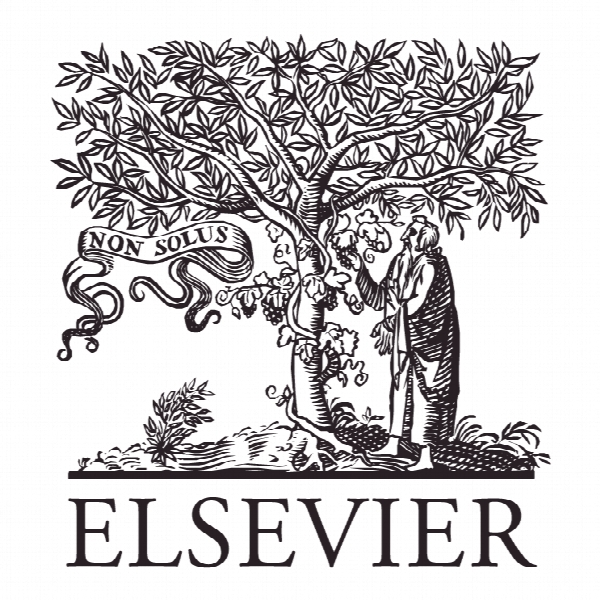یک داستان از دو فرمت: مقایسه مستقیم پرسشنامه مصاحبه موقعیتی و رفتار تطبیقی A tale of two formats: Direct comparison of matching situational and behavior description interview questions
- نوع فایل : کتاب
- زبان : انگلیسی
- ناشر : Elsevier
- چاپ و سال / کشور: 2017
توضیحات
رشته های مرتبط مدیریت
گرایش های مرتبط مدیریت منابع انسانی
مجله مرور مدیریت منابع انسانی – Human Resource Management Review
دانشگاه پورتلند، دانشکده بازرگانی پامپلین، پورتلند، ایالات متحده
نشریه نشریه الزویر
گرایش های مرتبط مدیریت منابع انسانی
مجله مرور مدیریت منابع انسانی – Human Resource Management Review
دانشگاه پورتلند، دانشکده بازرگانی پامپلین، پورتلند، ایالات متحده
نشریه نشریه الزویر
Description
1. Moderators of SI–BDI correspondence As noted earlier, we chose moderators that should impact the degree of correspondence between matching SI and BDI questions. We were able to identify four such moderators, including internal consistency of the question types, the number of questions per format, the extent to which probing was allowed in one or both formats, and the purpose of the interview (research vs. employment). Each of these moderators is discussed in more detail below. 1.1. Internal consistency There is the suggestion in the literature that there may be a common underlying factor that influences interview performance (e.g., Huffcutt et al., 2001; see also Huffcutt et al., 2015). Indeed, some researchers have found that a single factor underlies interview ratings (e.g., Pulakos & Schmitt, 1995). Further, general factors have been found in other rating-based selection areas including assessment centers (see Bowler & Woehr, 2006) and performance ratings (see, Viswesvaran, Schmidt, & Ones, 2005). If the internal consistency of both sets of questions is high, there is a greater possibility that they are tapping into this general factor, which should result in a higher degree of correspondence. Conversely, if their respective internal consistencies are low, then a lower degree of correspondence could result. Lower internal consistency suggests the presence of multiple constructs embedded in the ratings, and the probability that both types of questions contain the same set of constructs is not overly high. A third possibility is that internal consistency is relatively high for one type of question but lower for the other. Here again a lower degree of consistency would be expected.


